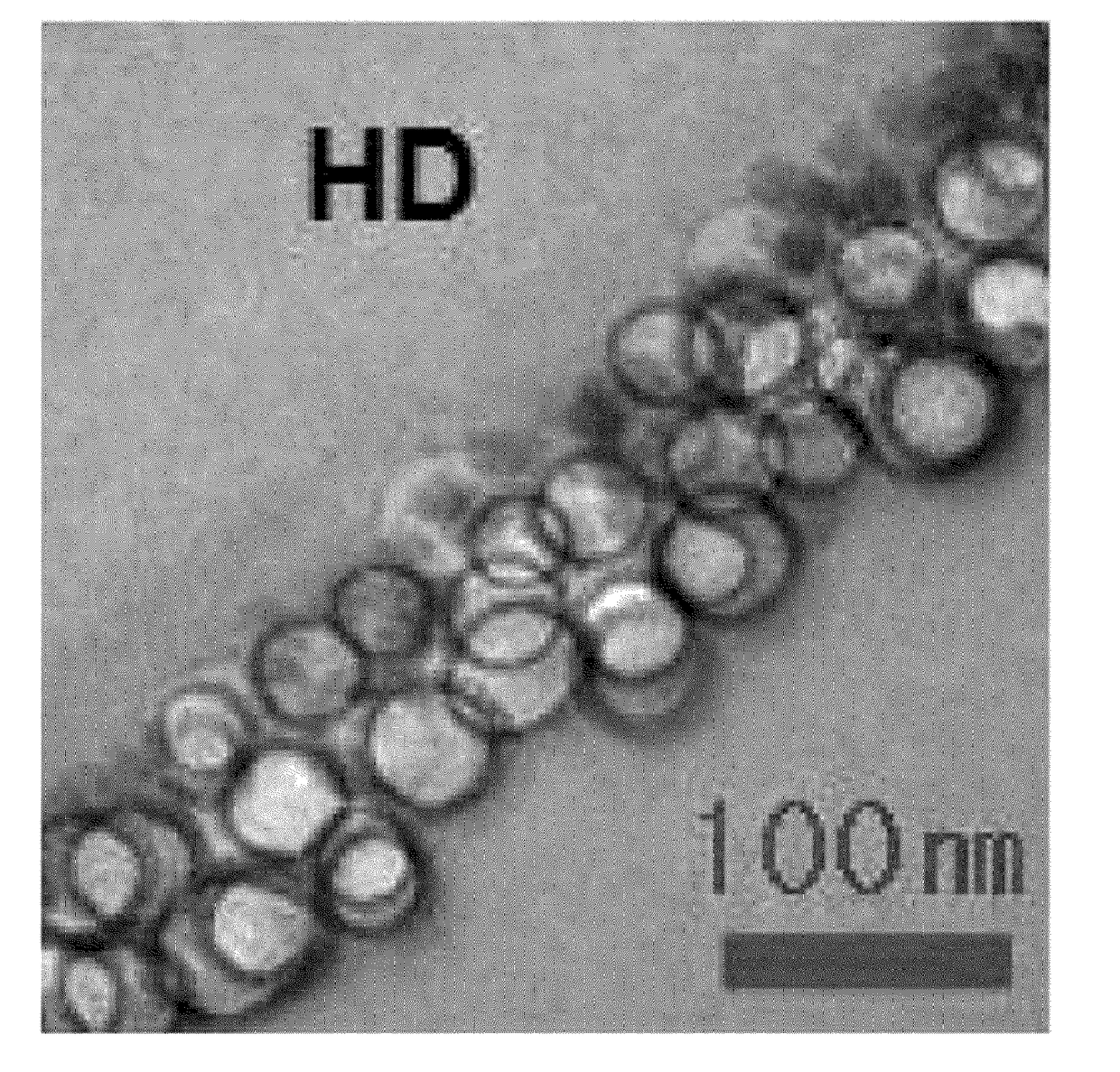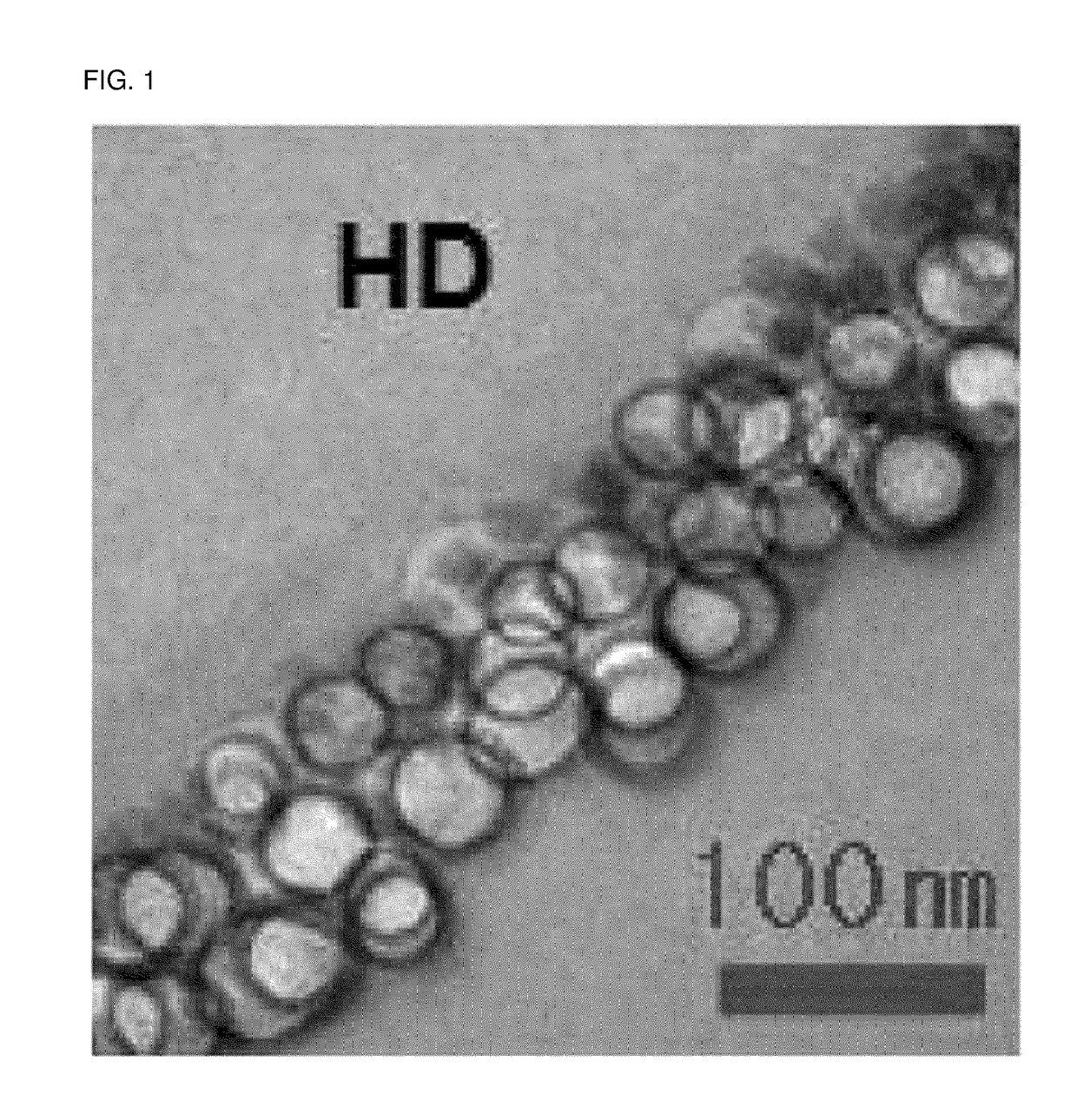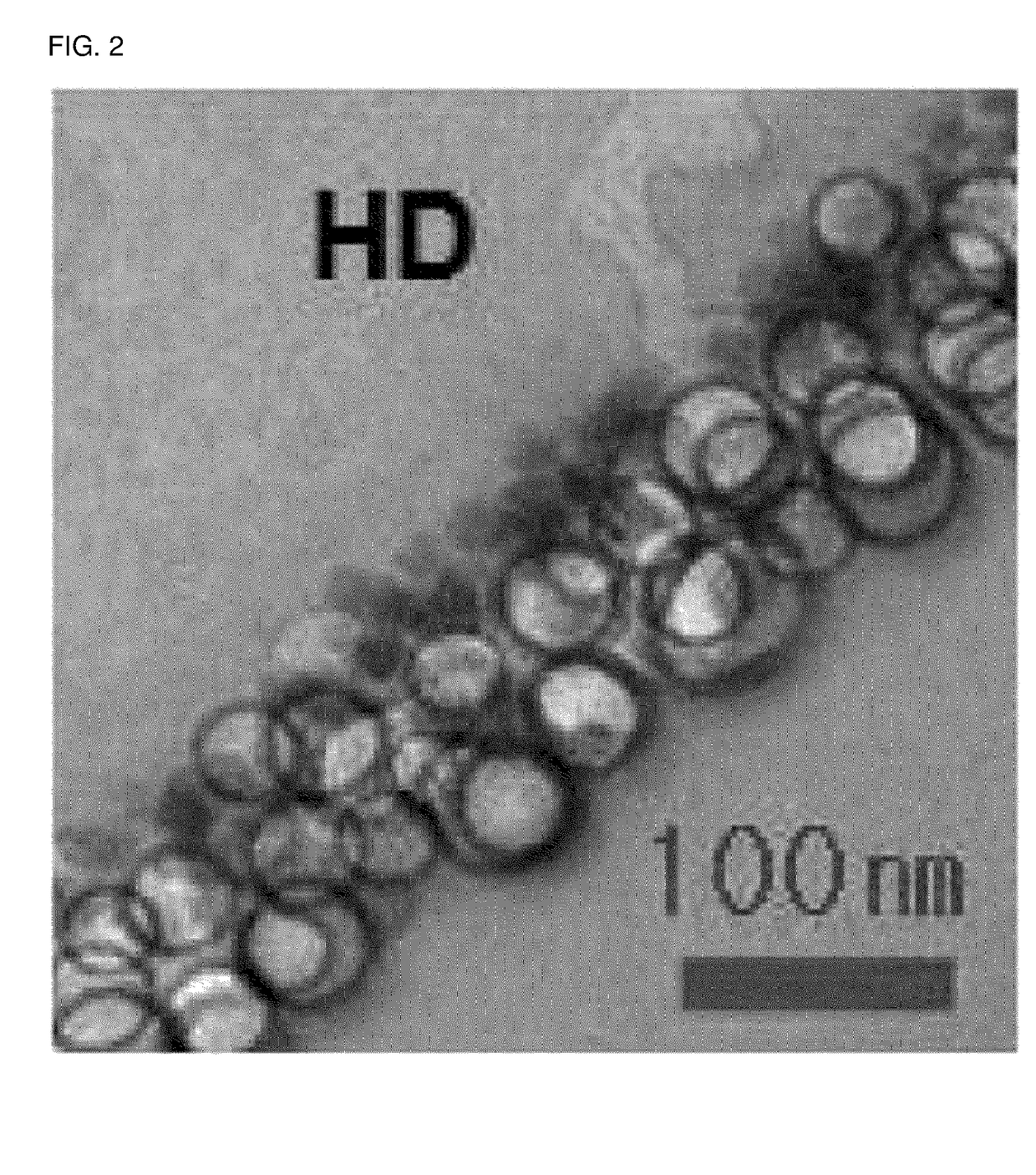Anti-reflective film and manufacturing method thereof
a technology of anti-reflective film and manufacturing method, which is applied in the direction of instruments, synthetic resin layered products, optical elements, etc., can solve the problems of deteriorating screen sharpness, difficult to increase scratch resistance, and deteriorating scratch resistan
- Summary
- Abstract
- Description
- Claims
- Application Information
AI Technical Summary
Benefits of technology
Problems solved by technology
Method used
Image
Examples
examples
[0148]The present invention will be described in more detail through the following Examples. However, the following Examples are only to exemplify the present invention, and contents of the present invention are not limited by the following Examples.
preparation example
Preparation Example: Manufacturing of Hard Coating Layer
[0149]A salt-type antistatic hard coating solution (KYOEISHA Chemical Co., Ltd., solid content: 50 wt %, product name: LJD-1000) was coated on a triacetyl cellulose film using a #10 Mayer bar, dried at 90° C. for 1 minute, and irradiated with UV light (150 mJ / cm2), thereby manufacturing a hard coating layer having a thickness of about 5 to 6 μm.
examples 1 to 5
f Anti-Reflective Film
PUM
| Property | Measurement | Unit |
|---|---|---|
| density | aaaaa | aaaaa |
| particle diameter | aaaaa | aaaaa |
| temperature | aaaaa | aaaaa |
Abstract
Description
Claims
Application Information
 Login to View More
Login to View More - R&D
- Intellectual Property
- Life Sciences
- Materials
- Tech Scout
- Unparalleled Data Quality
- Higher Quality Content
- 60% Fewer Hallucinations
Browse by: Latest US Patents, China's latest patents, Technical Efficacy Thesaurus, Application Domain, Technology Topic, Popular Technical Reports.
© 2025 PatSnap. All rights reserved.Legal|Privacy policy|Modern Slavery Act Transparency Statement|Sitemap|About US| Contact US: help@patsnap.com



